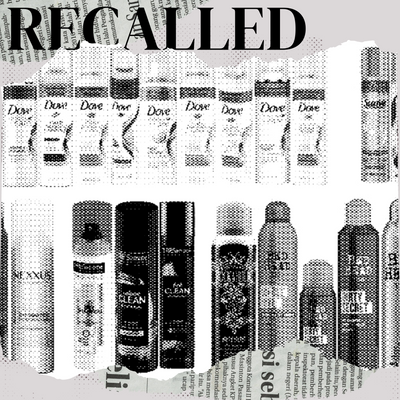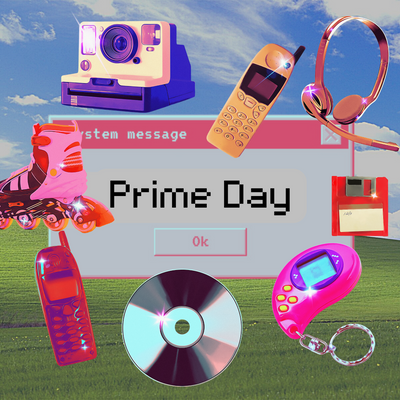The Metaverse is the future. Or the future is the Metaverse. Or the future is talking about what the future could be in the future of the Metaverse. I originally thought it was an expansion of Facebook’s rebranding into Meta (which is their strategy for showing up at the top of search results to ensure the company’s relevance). The Metaverse is simply an umbrella term to describe the socialization of virtual worlds. Virtual reality, augmented reality, PCs, and even phones — basically, the technology we associate with gaming and its virtual capabilities.
It all sounds quite sci-fi-esque when explanations stop feeling like vagueness and cryptic complexity is necessary for understanding. I may have oversimplified the Metaverse when I compared it to gaming as a whole, but for all intents and purposes, the parallels make it a pretty fair comparison. The future that companies say the Metaverse will bring is nothing like Ready Player One. The Metaverse, as a concept, is about innovating technological culture as we know it (like owning land on The Sims and going to concerts on Fortnite, but on steroids, ideally). Eric Ravenscraft, a writer on WIRED, observed that companies who are early adopters of the Metaverse can’t agree on a definition because they all have a different idea of what they can do with it conceptually: “Meta thinks it will include fake houses you can invite all your friends to hang out in. Microsoft seems to think it could involve virtual meeting rooms to train new hires or chat with your remote coworkers.”
The compelling thing about business is that anyone can create, buy, and sell goods: physically and digitally. And I’m not even referring to online shopping. People (gamers, players, etc.) regularly spend real money on virtual items.
Little brothers everywhere ask for birthday money to pay for Robux, which is Roblox’s currency for buying skins and upgrades and special abilities. Games like Episode pressure users to spend real money on diamonds if they want the perfect hair, makeup, outfit, and action that will save them from secondhand embarrassment. In-app consumerism is a familiar (and normalized) feature of virtual worlds. If you want to reap the rewards of a better experience, all you have to do is save your debit card into the system. Incentives are powerful things. They still hold weight outside of gaming culture. The free version of Spotify is barren and lawless (you can’t even see all the songs on a playlist!), so people are willing to pay for Premium. It’s the same way people eventually bite the bullet and pay extra to remove ads on Hulu. (But why are you, as a streaming service, behaving like cable television?)
I’m not a gamer, so I obviously won’t understand the appeal of dropping hundreds of dollars into items I can’t touch. One thing I can do is acknowledge that just because I am not the target audience, doesn’t mean there isn’t one. As brands have come to learn over the rise of social media and public buyer sentiment, people love an experience. People are drawn to these digital purchases because it allows them to prolong their enjoyment and investment. It keeps them playing, and in turn, keeps them in a position that is willing to spend more money to maintain that momentum.
In the name of innovation, brands are racing to cement themselves as early adopters of the Metaverse. Money and recognition is, of course, the main endgame when making these approaches. Early adopters essentially determine whether trends make it or break it. Their influence in the field comes from how they demonstrate the capabilities of a product or service.
Among the industries that dip their toes into the Metaverse, fashion attracts their consumers into Web3, an iteration of the internet that includes blockchain technologies and token-based economics, by appealing to the imagination. In a Metaverse, fashion doesn’t have the restrictions that come with physicality. People can design and style their avatars in excess. The clothing will exist in the virtual world in a way that makes it couture rather than ready-to-wear. Not only are people experimenting, but they’re also on their way to treating the appeal of digital apparel the same way gamers buy custom skins. Cryptocurrency journalist Shirazi Jagati reported that “Gucci’s Queen Bee Dionysus virtual bag recently sold for 350,000 Robux or $4,000 — more than the bag’s real-life valuation.”
[Editor’s note: the distinction between “a Metaverse” vs. “the Metaverse” is a callback to the loose definition. ]
Our physical and digital lives have equal prominence. That is why brands are pitching and discovering ways to bring more creativity, diversity, and accessibility into the way technology functions. When it comes to beauty entering this space, I think the possibilities are more innovative than cosmetic filters.
This isn’t to say that beauty within the Metaverse doesn’t (or can’t) exist. Recently, NARS partnered with Roblox to create NARS Color Quest, a tropical island adventure inspired by their Blush, Laguna, and Light Reflecting franchises, where players could meet the founder, François Nars, as an NPC. (Was his hologram unavailable?). Players collect shades to make an endless amount of makeup looks to unleash their artistry. Complete with virtual selfies, a trending feed, and SandDollars to spend in a virtual NARS storefront, the experience was all about digital expression. And isn’t that what makeup is all about? Makeup is an outlet for creativity — something that expresses all the unique elements that make up a sense of self.
NARS is not the only beauty brand to enter the Metaverse in some capacity. Estée Lauder was invited to Metaverse Fashion Week, and created a non-fungible token (NFT) wearable inspired by their Advanced Night Repair serum. The wearable aspect came in the form of avatars and radiating glows. Users were able to explore the inside of the bottle and unlock exclusive Proof of Attendance Protocol (POAP). Dermalogica has Natalia, a virtual human that gives skin science training by “simulating the aging process, helping learners to better understand skin conditions” that we otherwise wouldn’t see in real-time. Ulta Beauty launched a digital innovation fund called Prisma Ventures to invest in new technology that “fuels greater discovery, personalization, and convenience.”
For an industry that is as tactile as beauty, companies will need to question whether the Metaverse is simply a platform of the moment (trend that will burn out quicker than it ignited) and whether it makes sense for the brand to pursue a hold in it. How can you promote a new beauty line to customers who will never physically touch your product? Are your consumers even interested in beauty content within a Metaverse? When making such decisions without their audience in mind, brands venture into a presence that misunderstands or misrepresents what the brand’s mission actually is. I wouldn’t be thrilled if my avatar had access to better beauty products than me. If brands can't convince themselves that virtual cosmetics are necessary for trendsetters everywhere, how are they going to convince the average consumer?
READ MORE LIKE THIS










